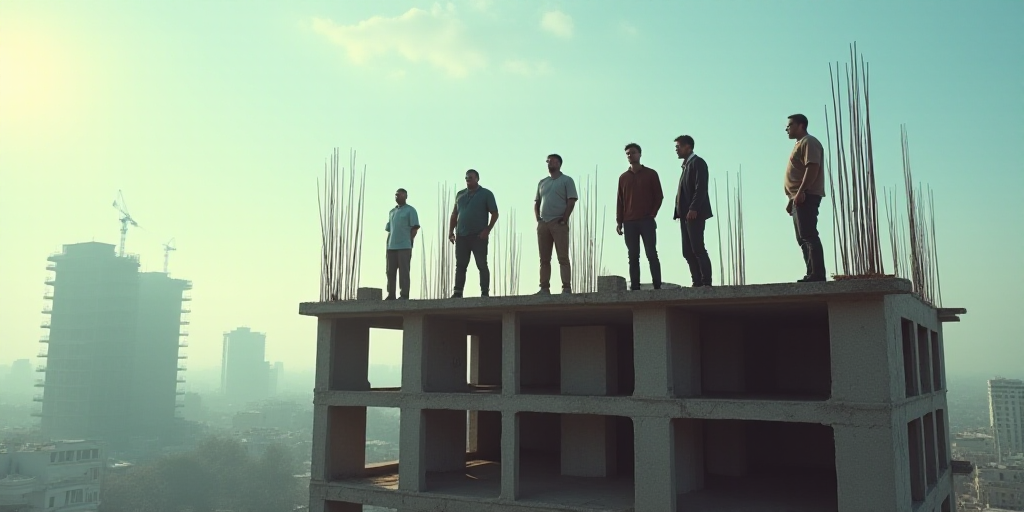Price Limit and Its Implications on Construction Quality
Experts in the housing industry have raised concerns that a price cap of 630,000 pesos for homes built under the Infonavit’s “Vivienda para el Bienestar” program could negatively affect the quality of constructions.
Infonavit’s Price Limit and Its Relevance
The National Housing Fund for Workers (Infonavit) has set a maximum price limit of 630,000 pesos for homes to be built within the “Vivienda para el Bienestar” program, which aims to construct 1.8 million homes during the current six-year administration, with 1.2 million to be built by Infonavit itself.
Under this mechanism, private construction companies will acquire land and build the homes. Karim Oviedo Ramirez, president of the Mexican Association of Real Estate Professionals (AMPI), warns that capping prices at 630,000 pesos poses a risk to these companies.
“This might be feasible for developers who have acquired land at a very low cost and have experience in building social housing. Otherwise, they will face economic problems and fail to meet their commitments,” Oviedo Ramirez said in an interview.
He also dismissed the possibility of repeating past practices where homes were built in remote areas from work centers, as containment polygons have been established. However, he acknowledged that this could lead to poor-quality materials, ultimately harming consumers.
Expensive and Scarce Land
According to Ricardo Trejo, General Director of Forecastim consultancy, the 630,000 pesos limit is unfeasible in major cities with high housing demand but limited and costly land.
“There are affordable lands in some states, but they lack urban development. Negotiations for land regularization through the state property system might be possible, but urban areas could face restrictions,” Trejo explained.
AMPI states that building a basic home in metropolitan areas now costs over 1 million pesos, casting doubt on the viability of Infonavit’s program in consolidated urban environments.
“The cap is not only unjust but also overly generalized. In cities like Mexico City, Guadalajara, or Monterrey, it will be challenging to reach the price set by Infonavit. Some developers have conducted financial assessments and commented that their current costs do not allow them to build affordable housing,” the expert noted.
Additional Construction Barriers
Besides land costs, other obstacles include rising labor, material costs, and bureaucratic processes.
Although the federal government, through Infonavit and the Secretariat of Agrarian, Territorial and Urban Development (Sedatu), has pledged support for administrative processes, these cannot be exempted.
“Infonavit is facing the same problem developers encounter: slow and costly processes. Perhaps by next year, we will see more construction as there are many projects but few permits. This vicious cycle also affects the ‘Vivienda para el Bienestar’ program,” warned AMPI’s president.
Key Questions and Answers
- What is the concern regarding the price cap on Infonavit homes? Experts warn that capping prices at 630,000 pesos could negatively impact the quality of constructions.
- Who are the parties involved in building Infonavit homes? Private construction companies acquire land and build the homes under Infonavit’s supervision.
- Why is the 630,000 pesos limit unfeasible in major cities? High housing demand coexists with limited and expensive land, making it challenging to build affordable homes.
- What additional challenges do developers face besides land costs? Rising labor, material costs, and bureaucratic processes pose significant obstacles.
- How might the price cap and construction barriers affect consumers? These factors could lead to poor-quality materials and limited affordable housing options, ultimately harming consumers.






